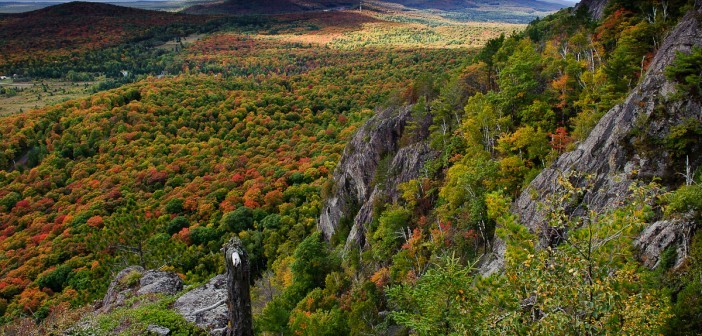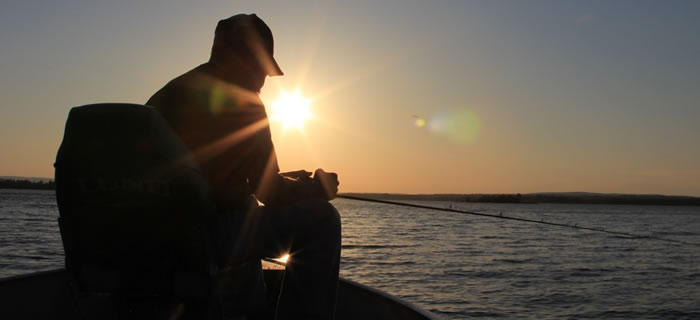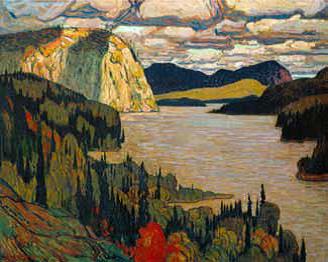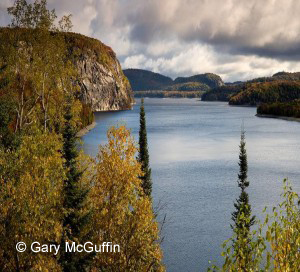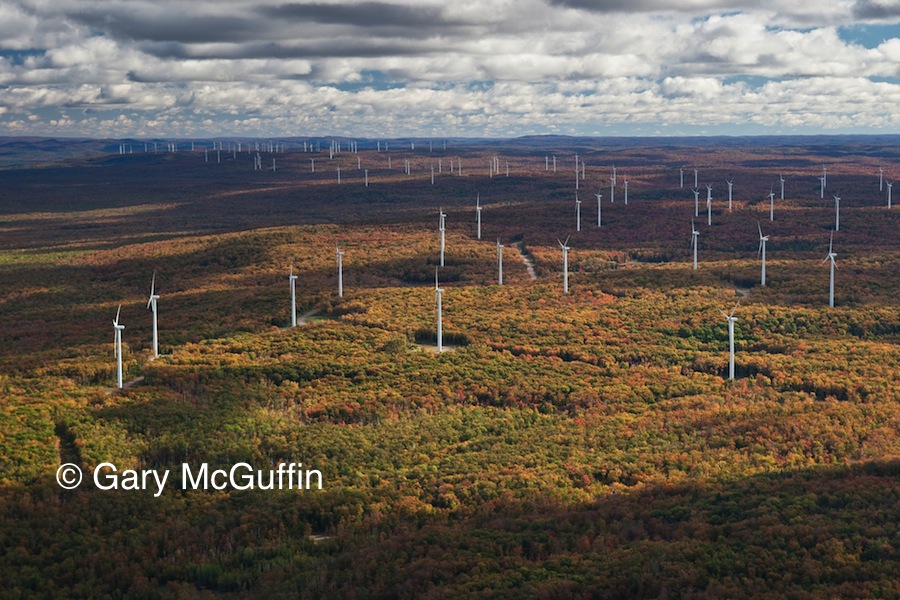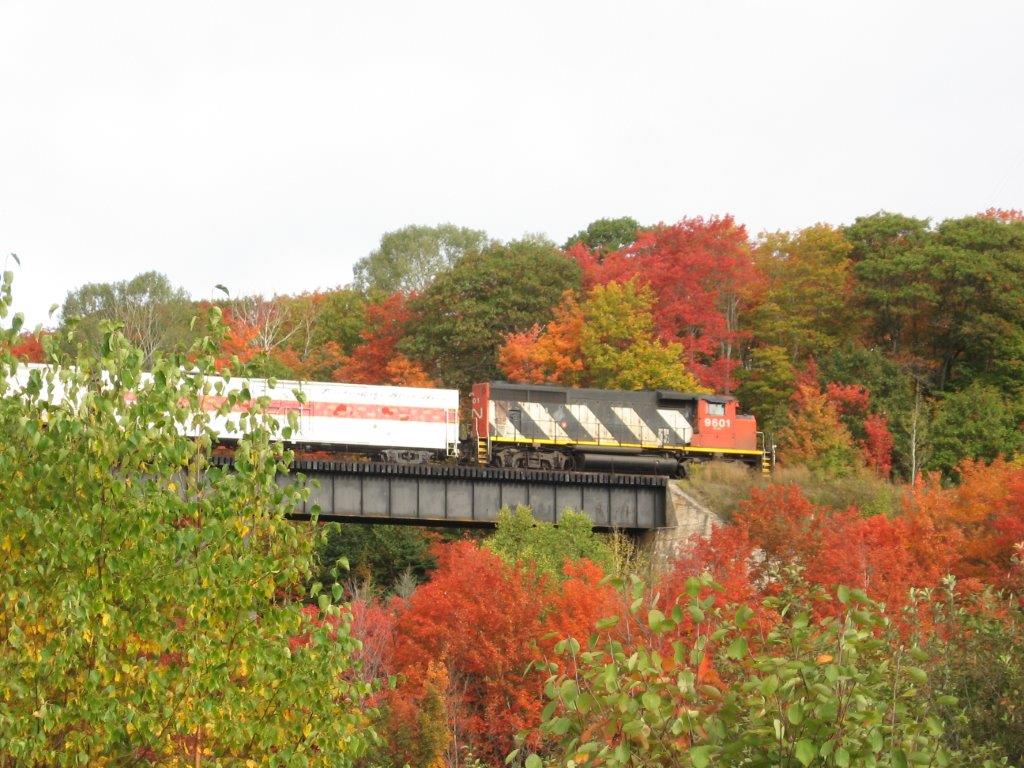Northern Ontario– so unique from the rest of the province that it doesn’t even feel connected to their lower counterparts. Haunting lakes, dramatic cliffs and an untamed wilderness where tens upon tens of thousands of creatures great and small endure- they see us though we may not see them.
There is change on the horizon for tourism in Northern Ontario, and specific to this report- the Algoma District. And all change brings new opportunities as well as new challenges. New destination attractions such as the Heritage Discovery Center and Destination North compliment the more historical features of the community such as the Sault Ste. Marie Museum, the Canadian Bushplane Heritage Centre and the Art Gallery of Algoma.
The North’s greatest natural assets lay upon the untouched landscape and along the most pristine shorelines in the world. Such is the beauty of this place that one hundred years ago, Canada’s most revered and universally celebrated artists came together to capture its breathtaking vistas. Seven years ago, Gary and Joanie McGuffin, and their colleague, Michael Burtch, set out into the untamed territory of the Algoma district in search of the sites where the internationally renowned Group of Seven painted. To date the trio has located, and Gary has photographed, over 400 spots where the Group painted.
The discoveries of the original Group of Seven sites have tremendous potential to diversify tourism in the region, enhance existing tourist draws and to generate unknown economic wealth to the area.
However, as of late, the tourism industry in the Algoma District, and the rest of Northern Ontario, has been forced into a defensive position. The unforeseen announcement, issued by the Canadian National Railway Company, that passenger rail service between Sault Ste. Marie and Hearst is to be eliminated would severely restrict access to the North’s most valuable asset- the great outdoors; and the Liberal governments’ commitment to turning Northern Ontariointo the ‘Wind Capital of the World’ threatens to bastardize the Northern landscape forever.
The report Overview of Tourism Opportunities for Northern Ontario (RT013), prepared for the provincial government and published July 2014, identifies that “the outdoors is a salient if not core element in the lure of Northern Ontario for tourists.” (Note: RTO13 represents the Algoma District)
Ontario Cultural and Heritage Tourism Product Report (2009) found that “tourists are motivated to visit distinctive cultural attractions. Ontario’s experiences can develop their level of distinctiveness through enhancing their unique attributes with high quality interpretation, positioning and marketing. Ontario as a whole must also position itself as a distinct, ‘must visit’ destination.”
“In 2012, about half of all overnight visitors to RTO13 participated in at least one outdoor activity on the trip. One quarter went fishing and the same proportion went to a nature park, camped, hiked or engaged in some other outdoor pursuit (nature-based). In contrast, only one tenth of the region’s overnight tourists went to museums, historic sites, concerts or plays, festivals or fairs or other cultural attractions and events,” (Ontario Cultural and Heritage Tourism Product Report).
The outdoors as a significant tourist draw in Northern Ontario is emphasized in the fact that “fishing and hunting are Northern Ontario’s signature activities” and “that only one tenth of the regions’ tourists go to cultural, heritage and entertainment events and attractions versus one half who engage in outdoor activities (49%) while on overnight trips in Northern Ontario.” (Overview of Tourism)
But attractions like museums, galleries or educational tours can be an appealing reason to visit an area when bundled together as a complete package.
“Clustering maximizes a range of individual attractions to create an overall cultural experience that serves as a destination motivator for the cultural tourist. Ontario can take advantage of this strategy through positioning an appropriate city district as a cultural hub, and developing a range of programming options within this hub. This is also an important strategy to keep developing with respect to festivals and events.” (Ontario Cultural and Heritage Tourism Product Report)
Tourism Northern Ontario incorporated in 2009 and is one of thirteen regional tourism entities that are funded through the Ministry of Tourism, Culture and Sport. Their mandate is to increase tourism receipts through tourism product development, workforce development, investment attraction and marketing.
Executive Director of Tourism Northern Ontario, David MacLachlan, indicated that clustering existing attractions in the Algoma District with new ideas- such as incorporating Group of Seven initiatives, will revitalize and expand the tourism sector. “There are a lot of sites and interest in the Group of Seven. And there has been a twist on some of our tourism products. We’re just in the initial stages of developing some product that can be taken to market.”
Ian McMillan, the Executive Director of Tourism Sault Ste. Marie, stated that they have been working on developing a new multi-feature package that delivers on the Group of Seven theme. The package escorts tourists to the Art Gallery of Algoma, Heritage Discovery Center and Eramtinger Clergue site on day one. The second day includes an interactive trip on the Agawa Train Tour to the canyon and on the ride back an artist guides passengers in recreating their own Group of Seven inspired painting.
“More and more people globally, and in Canada and Ontario, are including cultural attractions as part of their activities while traveling. Over half (53.5%) of all Americans who participated in a pleasure trip in 2004 and 2005 visited historical sites, museums and art galleries. (Ontario Cultural and Heritage Tourism Product Research)
More importantly, the percentage of people who travel specifically for the purpose of arts and culture – i.e., where arts and culture are demand generators – is also increasing. In 2004, just under one-fifth (17.6%) of all Americans and Canadians surveyed in the Travel Activities and Motivations Survey (TAMS) 2006 reported that culture and entertainment activities were their main reason for a trip.”
“Culture can be the main reason to travel -without which visitors would not travel to a particular destination. In this instance, culture becomes the destination motivator and we view this as cultural tourism. Cultural tourists tend to be motivated by ‘learning something new’, ‘hoping to enrich their lives through their travel experience’s and ‘education and enrichment’.” (Ontario Cultural and Heritage Tourism Product Research)
In a report prepared by the Tourism Company entitled, Algoma and Canada’s Group of Seven: An International Brand For Economic Growth, the authors caution that care must be taken to preserve the surrounding areas of heritage sites, such as the areas where the Group of Seven painted. The proposed wind farms, seven all together, are clustered around high concentrations of Group of Seven sites located along Lake Superior and throughout the Algoma District.
“Both the site itself and the broader setting are important to preserve. A typical tourism experience of a famous view not only includes the so-called “Kodak moment” – the opportunity to stand exactly on the spot from which the view was painted, and thus see it within the picture “frame” – but also the visual experiences that lead up to and follows those felt at the key view itself. What this means for tourism development is that it is seldom sufficient to preserve just the view that is in the painting and ignore everything around it.” (Algoma and Canada’s Group of Seven: An International Brand For Economic Growth)
the Tourism Company report also makes the point that, “These sites have many attractive features from a tourism development perspective. First and foremost, the individual sites benefit from a strong visual identity worldwide. Secondly, there is little or no requirement for capital investment to support innovative tourism experiences that will appeal to high yield, long distance visitors, adding new, incremental economic activity to the local economy. Over the long term, maintenance would also be minimal.”
In an interview with Joanie McGuffin this past summer she stated, “Culture and heritage tourism is a valuable and fast growing form of tourism. People come from all over the world to experience the Algoma region but we haven’t capitalized on this to the extent that we could be. This story about the Group of Seven is worth something economically to the City of Sault Ste. Marie and the entire region. But at the core of it all for tourism -winter, summer, spring and fall, is a landscape that is unique on this planet.”
*****
Joanie and Gary McGuffin are devastated that the Ontario government has approved the Bow Lake wind farm project which will erect 36 turbines in the Montreal River area. In 2006 the Prince Township wind farm was completed with 126 wind turbines install. The Goulais wind farm will host 11 turbines.
Joanie expressed frustration. “There is a social, ecological and economic impact associated with these turbines. When you consider that ecotourism could be a very important contribution to the economy and the well-being of so many people that live here it is absurd that it was not given significant weight in the review. ”
The World Conservation Union defines ecotourism as, “Environmentally responsible travel to natural areas, in order to enjoy and appreciate nature (and accompanying cultural features, both past and present) that promote conservation, have a low visitor impact and provide for beneficially active socio-economic involvement of local peoples.”
Referring to over seven years spent searching for the Group of Seven sites Gary added, “We did this just for the love of it. All of these sites will be marred by the installation of wind turbines. These turbines are over 400 feet tall and they are set on the highest ridges in the region.”
An Environmental Review Tribunal (ERT) with regard to the Bow Lake wind farm was conducted this past winter.
Proponents of the wind farm submitted their report entitled, Heritage and Tourism Impact Assessment For Bow Lake Wind Farm, for review. In their report it was stated, “In terms of impact upon the tourism industry, the evidence also points to minimal impact. A full tourism impact assessment is part of this report including a survey of tourism operators. The findings from respondents to a survey of tourist operators along with other aspects of our assessment indicate no negative impact of the Wind Farm upon their business. Indeed, some suggest that it may actually stimulate additional business, as the Wind Farm would be one more interesting attraction in the area north of Sault Ste. Marie.”
There were a total of 15 participants who responded to the survey conducted by the researchers for the Impact Assessment report.
Lake Superior Action Research Conservation (LSARC) is a regionally formed group that is in opposition to the installation of industrial wind turbines- anywhere.
In a lengthy submission responding to the proponents Impact Assessment report, LSARC asserted that regional discussions, and discussions elsewhere, around industrial wind turbine farms as a tourist draw were disparaging at best. “Among the myths of the wind industry, the attraction of industrial wind turbines lives on the ludicrous suggestion that they will somehow fascinate travellers who just can’t get enough of them and are willing to pay money for the excitement of seeing more. This is such a preposterous idea that it immediately identifies those who have been subjected to the wind developer’s spiel.”
LSARC committee members conducted an information and letter signing campaign at the Alona Bay Scenic Lookout during every long weekend in 2012 beginning on Victoria Day weekend and ending on the 2012 Thanksgiving weekend from 10 a.m. to 6 p.m. Of the 670 individuals approached, with 34 of 35 of them being tourist operators in the ‘P’ area code, 89% were willing to sign a letter to then Ontario Premier, Dalton McGuinty, opposing the industrialization created by turbines along the Eastern Shore of Lake Superior.
However, concerns about the impact of wind turbines on tourism fell on deaf ears. The ERT limited the scope of the review to include only harm to human health and irreversible to harm to the environment- little brown bats and birds, and safety- the impact of wind turbines on the Montreal River Radar Station.
David MacLacnhlan (Tourism Northern Ontario) was frustrated by this. “They were supposed to be looking at the wellness of people and certainly the ability to make a living was something that we thought they would look at. People not being able to enjoy the area or people not being able continue their tourism operations are our concern. Apparently the government has different concerns than we do.”
In his submission to the ERT MacLachlan provided a concise literature review which identified that there is international concern about how wind turbines impact tourism.
In his summary MacLachlan quotes David Shepherds thesis statement, Visitors’ Attitudes Towards Wind Farms: A Study of the English Lake District National Park. “The study indicated that the visitors who had a higher level of wind farm knowledge would be less likely to visit the LDNP in the future. It can be extracted from this study that as the wind farm knowledge increases in the general public and wind farms are made a more prominent form of energy production that there will be more people with a higher level of knowledge and, therefore, a drop in visitation rates.”
In his literature review MacLachlan references findings from a survey and report published by VisitScotland – Scotland’s national tourism organization, where it is identified that “visitors tended to be less enthusiastic about turbines than was perhaps expected.” It is interesting to note that at one time VisitScotland was not opposed to the installation of industrial wind turbines across their lands.
In October 2012 Scotland’s tourist officials admitted for the first time that industrial wind turbine farms could have a detrimental effect on tourism. Then Minister of Scottish parliament and convenor of the Scottish parliament’s energy and tourism committee, Murdo Fraser, was quoted to state, “If wind farms will damage tourism in one area of Scotland, this is surely the case the country over. This is a message communities reliant on the tourism trade have been trying to get through to the Scottish government for years.”
Fraser’s statement is relatable to the recent wind farm developments in Northern Ontario. Northern Ontarians often express with great pride that “Lake Superior is our Niagara Falls.”
In his editorial, seasoned journalist, Tom Mills, aptly illustrated the double standard regarding the placement of industrial wind turbines across Ontario. “Last week I found a couple of new prime locations: the Niagara Escarpment and the quaint main street of Niagara-on-the-Lake. Both seem to have wind in abundance. Now NOTL, whose strict bylaws preserving the character of the historic village were strong enough to give a McDonalds sign fallen arches, would break out the 1812 muskets at the idea of blades whooshing o’er the fudge shoppes and inns. And wine country doubtless would sour at the idea of blinking red lights festooning the limestone ridge like a strand of tacky Christmas lights.”
Ian McMillan, Tourism Sault Ste. Marie, weighed in on the matter. “We pitch the Algoma Region, especially the North shore of Lake Superior, as very pristine, untouched and unspoiled. The North shore of Lake Superior is our Niagara Falls per say. There is absolute concern about the impact that wind turbines could have on the landscape and especially in light of the fact that we are in the process of promoting tourism around Group of Seven initiatives.”
McMillan went on to add, “I have not seen any research that suggests that industrial wind turbines enhance tourist visitation. I will say that since we’ve had wind turbines out at Gros Cap that we have not seen an influx of tourists, either in group situation or as individual travelers, which have come here specifically to look at the wind turbines. I have to say that we have definitely not seen that.”
However the Ministry of Tourism, Sport and Culture is not concerned that wind farms will have a negative effect on tourism.
In their response to the Impact Assessment put forward by the propoenets of the Bow Lake Wind Farm MTSC expressed satisfaction stating, “The McGuffin/Burtch20 research tracking actual sites of the Group of Seven will provide a tangible link between artists and the landscape, regardless of the development of the Bow Lake Wind Project or other industrial activities which have altered the landscape since the paintings were produced.”
* On July 9th, 2014, the appeals of James Fata and 2401339 Ontario Ltd. heard by an Environmental Review Tribunal (ERT) on the matter of objecting to a proposed 36 turbine industrial wind farm on Bow Lake were dismissed.
*****
“Members of the Group of Seven first painted along the Algoma Central Railway (ACR) in May and September 1918, at times travelling the train, at others using a boxcar as both mobile studio and residence. Stationary for a few days at Agawa River, the fitted boxcar was then moved south for expeditions at Hubert and Batchawana.” (Algoma and Canada’s Group of Seven: An International Brand For Economic Growth)
In January 2014 the Canadian National Railway Company (CN) announced that they were axing passenger service from Sault Ste. Marie to Hearst. The decision came from Transport Canada who made the decision that the Algoma Central Rail (ACR) no longer met the criteria for the Remote Passenger Rail Program (RPRP).
RPRP “provides funding to ensure that safe, reliable, viable and sustainable passenger rail services are provided to certain areas of the country where these services are the only means of surface transportation for remote communities. Funding for both operating and capital projects is provided.”
The announcement was dismaying across the line- for tourist operators along the ACR, private citizens with camps only accessible by rail and for the regional tourism industry in general.
Ian McMillan acknowledged that the loss of passenger rail could have a devastating impact. “We have always tried to position Sault Ste. Marie as the gateway to world class outdoor opportunities in the Algoma area along Lake Superior. The passenger train provides access to lodges, canoe and kayak routes, camping along the ACR and it’s an asset. We don’t want to lose it and not only that we want to enhance it.”
On April 14th, 2014, Federal Transport Minister, Lisa Raitt, was in Sault Ste. Marie to announce that the ACR had been granted a one-year period of grace before passenger service between the Sault and Hearst would be discontinued.
Since the announcement concerned stakeholders united and under the direction of the City of Sault Ste. Marie the Algoma Passenger Rail Steering Committee was formed. The committee enlisted the services of BDO Canada LLP to undertake an economic impact study of passenger service in Northern Ontario. On August 13, 2014, they released their final report Algoma Central Railway Passenger Rail Service: Economic Impact Assessment.
The assessment identified the significant impact on tourism created by loss of passenger train.
- Provides a vital link to private cottages with either impaired or no access by other means besides rail;
- Crucial to the commercial success of hunting/fishing/wilderness lodges between SSM and Hearst, many of which can only be accessed by rail;
- Provides the opportunity for participants in outdoor sports or recreation activities such as snowmobiling, ATVing and fishing to access an area in Northern Ontario in which they likely otherwise would not be able to access;
- The emergence in popularity of “Eco-Tourism” activities such as hiking, canoeing, mountain biking, rock/ice climbing, snowshoeing etc. has created a renewed purpose for the passenger service;
- The passenger service offers artisans, writers and appreciators access to the Canadian art history landscape where the Group of Seven painted many of their best known works while living in boxcars and train stations along the ACR line.
According to the study, tourism passengers accounted for 24% of train ridership.
The study indicated the direct economic impact of tourism passenger rail in regards to purchase of rail tickets, as well as the indirect economic impact which resulted from the tourist spending in the communities accessed via passenger service and corresponding re-spending of those dollars (induced impact). Researchers isolated a low and a high indirect economic impact with annual totals coming in at $2, 530, 000 and $3,290, 000 respectively.
Ian McMillan is also a committee member of the Steering Committee. He is hopeful that there is an opportunity to save passenger rail service along the ACR. “There have been third parties that have come forward and expressing interest in assuming responsibility for the continuation of passenger service. It’s a fluid process and we’re not ready to make any sort of formal announcement yet but we do know that we’re under the gun and that we need to come to grips with this sooner rather than later.”
*****
From November 17th to 19th the very first Northern Ontario Tourism Summit will be held in Thunder Bay. Tourism operators, tourism organizations, attractions, accommodation based business, municipalities, or a supplies are encouraged to attend.
“The purpose of this event is to help the tourism industry in Northern Ontario continue to grow and prosper. There will be sessions and practical workshops geared to the diverse range of tourism businesses and partners. We believe that by bringing all tourism industry stakeholders together for this kind of event we can make great things happen. The collaboration, learning and sharing that can take place at an event such as this can truly be empowering.”
To learn more about the even visit The Northern Ontario Tourist Outfitters Association website.

